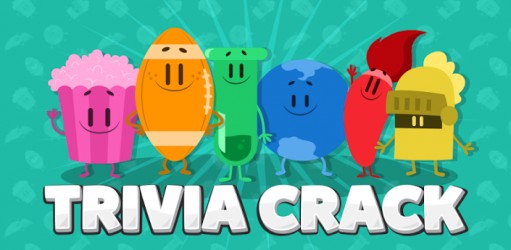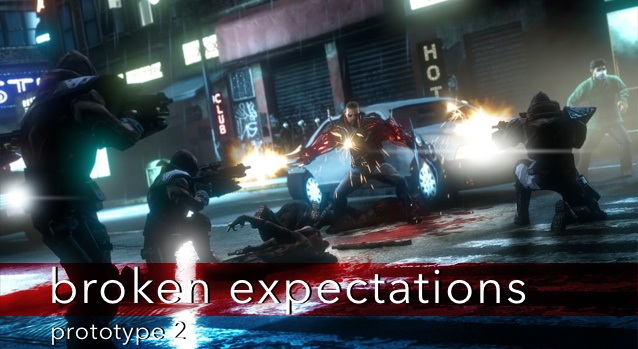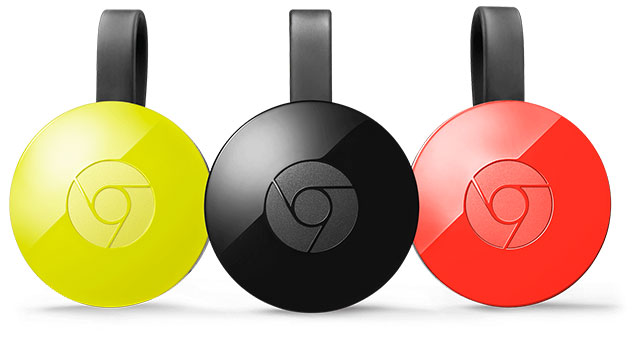

Game Rant’s Anthony Mole reviews Lumines Electronic Symphony
With the PlayStation Vita launch just two days away and over 20 titles available, gamers are no doubt wondering what title(s) they should pick up. The most obvious choice, without a doubt, is Lumines Electronic Symphony.
Many PSP owners are probably very familiar with the concept behind Lumines. For for the uninitiated, the biggest comparison one can make is to that of the Tetris franchise. The goal is essentially the same, blocks fall from some mysterious nether and players have to try and clear as many of them as they can to avoid filling up the screen. Lumines presents a slight twist on the formula, as players do not need to complete rows, but 2×2 squares. The blocks that fall are comprised of four blocks in a 2×2 shape that contain two different colors or patterns. It’s up to the player to rotate the blocks (controlled by the Vita’s face buttons) in order to create 2×2 blocks of matching colors.
The game introduces other block types to break up the possible monotony, such as the brand new shuffle block. This block will switch around the pieces already on the playing field in order to create more matching 2×2 blocks – a tactic that comes in handy when the screen begins to fill up and players need some breathing room.
The other type of special block is the chain block, which affects any similarly colored blocks it touches. Any affected blocks become highlighted and will disappear when the Time Line passes over them. Think of the Time Line as a type of metronome that moves horizontally across the screen. Because blocks do not disappear until the Time Line passes over them, players can use it to their advantage and create large combos.
Combos come in handy as they can be utilized to charge up the player’s avatar ability – activated by pressing the touch screen. As players progress through the game, they will unlock new avatars with different abilities, including ones that decrease the time it takes for a block to fall or change an upcoming block into a chain block. Combos aren’t the only way to charge up the avatar abilities, gamers can also do so by tapping on the Vita’s rear touch pad. While players don’t really need to use their avatar abilities, it can be frustrating to try and charge them up, as players will find themselves focused so much on the rear touch pad that they may lose track of what’s happening on screen.
What separates Lumines from other games in the genre is its emphasis on music. Electronic Symphony features an amazing soundtrack, including groups like The Chemical Brothers and LCD Soundsystem. The music plays a huge part in Lumines, as changes in the song largely affect the aesthetics of levels. Every time the song changes players will be greeted by a very appealing and dynamic background image, as well as visual and audio changes to the blocks. An example is the song “Moistly,” which paints the back ground with pictures of butterflies and has the blocks make bird noises each time they are moved.
But music isn’t the only plus Lumines has, it’s also very hypnotic. It’s easy to just get lost in the game, to flip it on and realize half an hour later that you’ve been rotating blocks and listening to music that’s put you in a trance. It’s near impossible to put down.
The title can be experienced in a variety of game modes, though they all essentially boil down to the same thing. For starters there’s Voyage mode, which is essentially Lumines’ take on a campaign mode. Players will move through a predetermined set list that never changes each time they play it. For those who want to pick and choose the songs they want to hear, Playlist mode is the perfect choice. Players can take already unlocked songs and create their own “playlist”, choosing both the songs and the order in which they appear. Some may even opt to just hit the shuffle button and listen to all of the songs out of order.
There’s also a Stopwatch mode which sees players trying to score as many points as possible within the allotted time. This mode is probably played best when one only has short intervals of playtime at their disposal, as one can just set the timer to say five minutes – the maximum time allowed in Stopwatch – without having to worry about about not being able to finish. There’s also a Master Mode, which sees players progress through different “tiers”. This mode isn’t much different than Voyage except for the fact that players no longer have avatar abilities at their disposal. The final game type is duel mode, in which two players can go to head to head, though we weren’t able to try out this mode as its ad-hoc only.
As players progress through these modes they’ll earn XP, which goes towards unlocking new avatars and new skins – skins essentially being new music tracks. Unlocked a song that your friend really wants? No problem, you can just share it through Vita’s “near” app. Players can also earn extra XP by contributing to the “World Block”. Basically, the more one plays the more blocks are removed from the “World Block”. Other players also contribute to the World Block, earning more XP for those involved.
While the new avatar’s are certainly a wonderful bonus, the real reason players will find themselves going back to Lumines is just the sheer fun that comes out of it. Yes, there aren’t too many game modes – or at least ones that differentiate themselves – but the game is so easy to just pick up and get lost in. It’s addictive, it’s beautiful, and full of infectious music. Hopefully Ubisoft and Q? Entertainment plan to support the title Rock Band-style by releasing more music packs in the future, as this easily a game you won’t want to put down. If you’re buying a Vita this week, buy this game. It’s easily one of the best Vita launch titles.
–
Follow me on Twitter @AnthonyMole




 Uncharted 4: A Thief’s End Wiki – Everything you need to know about the game .
Uncharted 4: A Thief’s End Wiki – Everything you need to know about the game . Remember Interactive Movies? They Could Be Set To Make A Comeback
Remember Interactive Movies? They Could Be Set To Make A Comeback 11 Gift Ideas for Android Users
11 Gift Ideas for Android Users The Sims 3: World Adventures Guide
The Sims 3: World Adventures Guide How to Fix Destiny Centipede Error PS4 Xbox One
How to Fix Destiny Centipede Error PS4 Xbox One